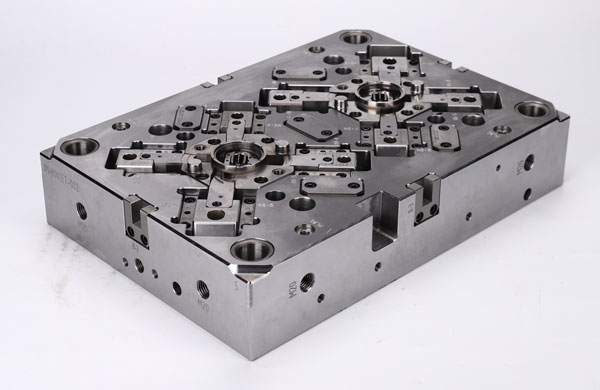Injection molding, a technique combining injection and molding, stands out in the manufacturing industry. It boasts fast production speed, high efficiency, and automated operation, easily adapting to diverse product shapes and sizes. In the realm of mass production and complex-shaped products, injection molding excels unparalleled.
To excel in injection molding, precise setting and adjustment of parameters are crucial. Below, I have meticulously compiled the key parameter requirements for injection molding to assist you in production.

Before setting parameters, several key preparations cannot be overlooked:
Material Status: Ensure materials are fully dried, and mold and barrel temperatures are accurately set to optimal processing conditions.
Mechanical Inspection: Thoroughly check mold opening/closing and ejector actions, ensuring correct distance settings.
Initial Parameters:
Injection Pressure (P1): Set at 60% of maximum for stable injection power.
Holding Pressure (PH): Set at 30% of maximum to ensure product density.
Injection Speed (V1): Adjust to 40% of maximum for balanced filling and quality control.
Screw Speed (VS): Approximately 60 RPM to optimize material plasticization and delivery.
Back Pressure (PB): About 10 kg/cm², controlling melt flow and reducing bubbles.
Screw Retreat Distance: Set at 3 mm for smooth material discharge.
Holding Pressure Switch Point: At 30% of screw diameter; for a φ100 mm screw, set at 30 mm to ensure stable product quality.
Metering Stroke: Slightly shorter than calculated to improve metering accuracy.
Time Settings: Slightly shorter injection time, appropriately longer cooling time for perfect product formation.
Entering the manual operation stage is a meticulous verification of parameter settings:
Mold Locking: Confirm stable high-pressure rise and steady advancement of the injection seat.
Manual Injection: Until the screw stops, observing its stopping position.
Screw Retreat: Prepare for material feeding.
Cooling and Removal: After cooling, gracefully open the mold and remove the molded product.
Cycle Verification: Repeat the above steps until the screw stops at 10%-20% of the diameter, with the molded product flawless, such as no short shots, flash, whitening, or cracking, ensuring each piece is a masterpiece.
Injection molding is not only a display of technology but also the creation of art. Through precise parameter settings and meticulous adjustments, we can not only enhance production efficiency but also create products of exceptional quality and perfect form. I hope this parameter guide can serve as a valuable assistant on your production journey, exploring the infinite possibilities of injection molding together.